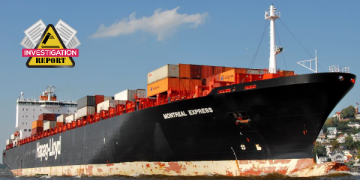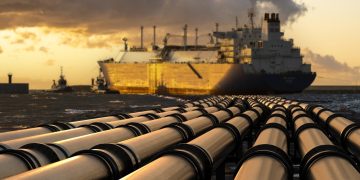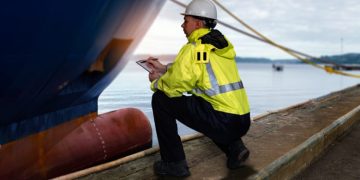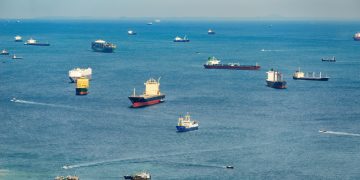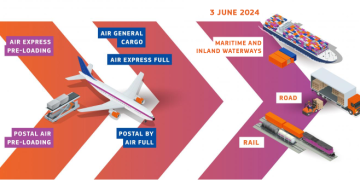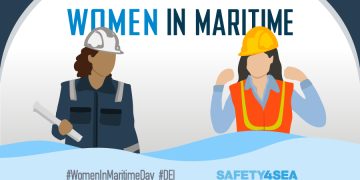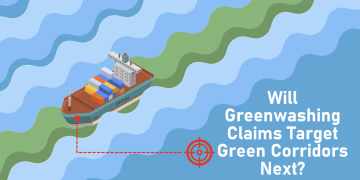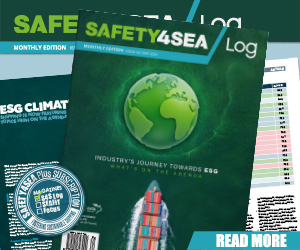Grounded when trying to avoid fishing vessel
Resulting in the breaching of five of her ballast tanks - experience feedback A large container ship was on a coastal passage in the South China Sea, an area well known for dense concentrations of fishing vessels. In the evening, in order to adjust the ETA at the destination port the following morning, the Master decided to stop and drift for an hour in open water before resuming passage at full speed.When the chief officer came on watch at 0400, accompanied by a lookout, he reviewed the charts to be used and noted the potential danger areas, including an isolated, unmarked reef, and highlighted it on the paper chart.The planned track avoided the reef by means of two sharp course alterations. By 0600, about an hour before these waypoints, a large concentration of randomly-moving fishing vessels was encountered, causing the chief officer to make a number of course alterations over the next hour.By this time, the vessel was approaching the most navigationally constrained part of the passage, in the vicinity of the off-lying islands and reef. The ship was making 21 knots and she was well off her intended track.The vessel's position had been plotted only twice between 0600 and ...
Read more





